There are numerous options available when buying pizza. The decision between a well-done and a standard baked pizza is one of the most popular.
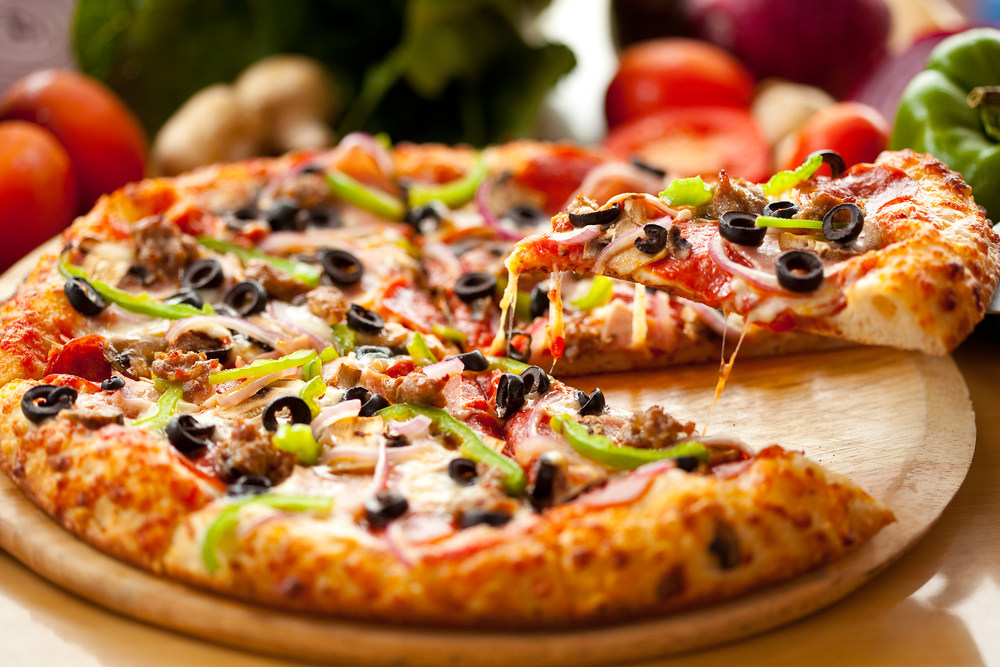
While each solution has advantages, there are certain crucial distinctions that, depending on your preferences, may make one a better option than the other.
The baking time for a well-done pizza is greater than for a regular bake pizza. As a result, the crust becomes crisper and the cheese becomes more browned.
However, it can also result in a somewhat drier and less chewy pizza than one that is baked normally. The crust of a standard baked pizza, on the other hand, is softer and more prone to be floppy or soggy because it is baked for a shorter amount of time.
But it can also be chewier and more flavourful than a properly cooked pizza. The decision between a well-done pizza and a regular bake depends primarily on personal preference.
While some individuals enjoy the chewiness of a standard bake, others prefer the crispiness of a well-done pizza.
Well-Done vs Normal Bake Pizza: What’s the Difference?
When it comes to pizza, there are two ways to bake it: normal bake and well-done. The main difference between the two is the time and temperature used to cook the pizza.
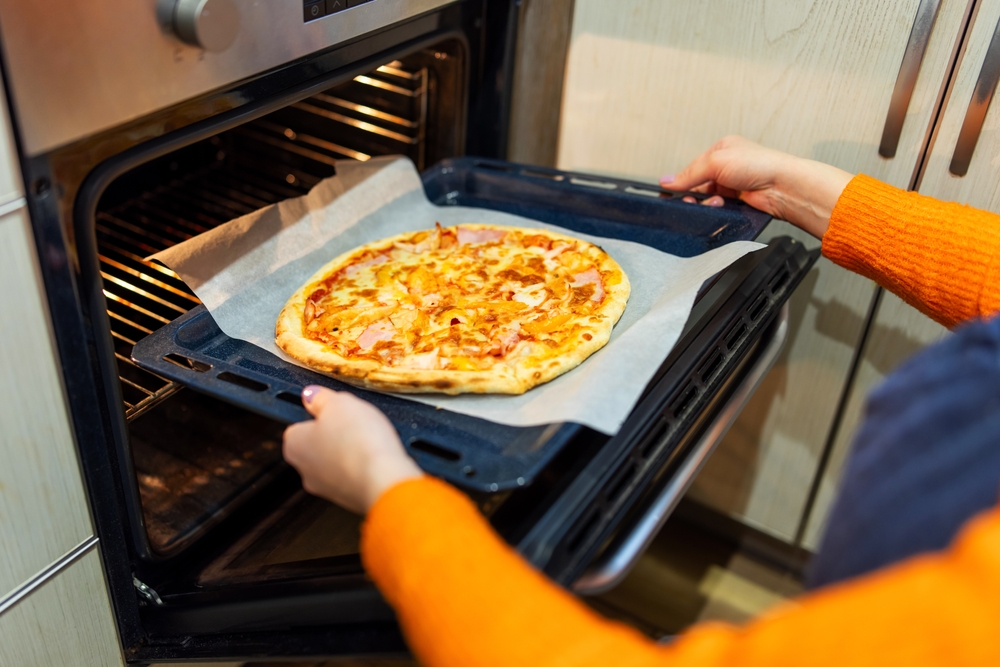
In this section, we’ll discuss the differences between well-done and normal-baked pizza.
Normal Bake Pizza
Normal baking pizza is the standard way to bake pizza. It is cooked in an oven that is set to a temperature of 500 to 600°F for about 10-15 minutes. The crust is usually soft and chewy, and the cheese is melted but not browned.
Well-Done Pizza
Well-done pizza, on the other hand, is cooked for a longer period of time than a normal baked pizza. The dough is baked until it is crispy, and the cheese is browned. The oven temperature for well-done pizza is usually set to 550°F or higher.
The interior of the pizza should reach at least 140 degrees Fahrenheit. The longer cooking time results in a crispier crust and a more flavorful pizza.
Which One is Better?
The answer to this question depends on personal preference. Some people prefer their pizza to have a soft and chewy crust, while others prefer a crispy crust.
If you like your pizza to have a crispy crust and browned cheese, then well-done pizza is the way to go. However, if you prefer a softer crust, then normal baked pizza is the better option.
Conclusion
The main difference between well-done and normal-baked pizza is the time and temperature used to cook the pizza.
Well-done pizza is cooked for a longer period of time at a higher temperature, resulting in a crispier crust and browned cheese.
Normal baked pizza is cooked at a lower temperature for a shorter period of time, resulting in a softer crust and melted cheese. Ultimately, the choice between the two comes down to personal preference.
Cooking Methods
When it comes to making pizza, there are different cooking methods that can affect the final result. In this section, we will discuss the oven type, cooking temperature, and baking time for well-done vs normal-baked pizza.
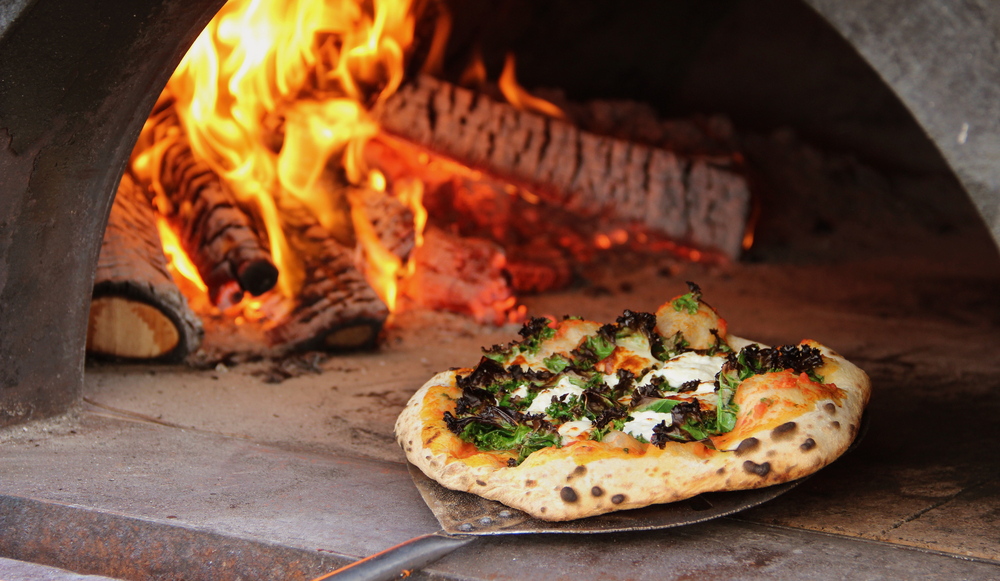
Oven Type
The oven type can have an impact on the pizza’s texture and flavor. While a conventional oven can be used to make both well-done and normal-baked pizza, a convection oven can be a better option for well-done pizza.
Convection ovens use a fan to circulate hot air around the food, resulting in a more even and faster cooking process. This can help to achieve a crispy crust and evenly melted cheese in a shorter amount of time.
Cooking Temperature
The cooking temperature is a crucial factor in making pizza. For a well-done pizza, the temperature should be higher than for a normal baked pizza.
Generally, a well-done pizza is baked at a temperature of 550°F or higher, while a normal baked pizza is baked at 425°F to 450°F.
The higher temperature for well-done pizza helps to create a crispy crust and perfectly melted cheese.
Baking Time
The baking time for well-done pizza is longer than for normal baked pizza. A well-done pizza can take up to 20 minutes or more to bake, while a normal baked pizza is usually ready in 10-15 minutes.
The longer baking time for well-done pizza allows the cheese to melt and the crust to become crispy without burning.
In summary, the cooking methods for well-done vs normal-baked pizza differ in oven type, cooking temperature, and baking time.
While a convection oven and higher temperature are recommended for well-done pizza, a conventional oven, and lower temperature are suitable for normal baked pizza.
The baking time for well-done pizza is longer than for normal baked pizza.
Crust
When it comes to pizza, the crust is arguably the most important part. It’s the foundation of the pizza and can make or break the entire experience.
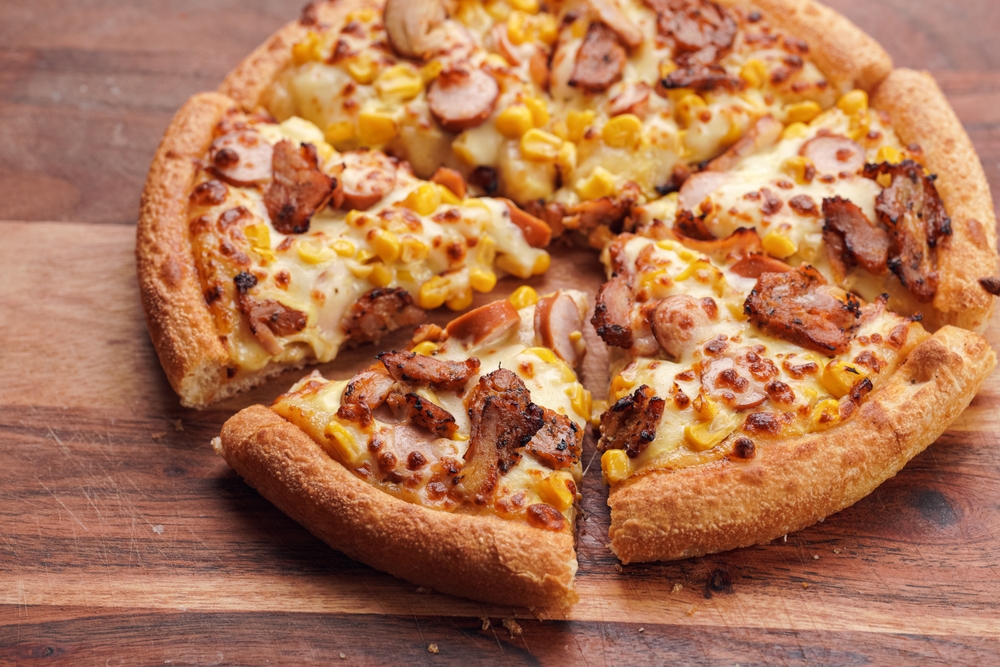
In this section, we’ll explore the different aspects of crust and how they differ between well-done and normal-baked pizzas.
Type of Crust
There are several types of crust available, including thin crust, thick crust, and stuffed crust. Thin-crust pizza is typically crispier and has a more delicate texture, while thick-crust pizza is chewier and has a more substantial texture. Stuffed crust pizza is a thicker crust that is filled with cheese or other ingredients.
Thickness
The thickness of the crust can affect the overall texture of the pizza. Thin-crust pizza is typically crispier and has a more delicate texture, while thick-crust pizza is chewier and has a more substantial texture. Stuffed crust pizza is a thicker crust that is filled with cheese or other ingredients, making it even more substantial.
Crispiness
Crispiness is an important aspect of pizza crust, and it can vary depending on how the pizza is cooked. Well-done pizzas are typically crispier than normal baked pizzas, with a darker crust and a well-cooked center.
Normally baked pizzas, on the other hand, are typically softer and more likely to be floppy or soggy.
To achieve a crispy crust, it’s important to cook the pizza at a high temperature for a short amount of time. The best oven temperature for pizza is between 450 and 500 degrees F (250 to 260 degrees C).
Pizza ovens cook at temperatures between 800 and 900 degrees F, but you can’t get that hot in your home oven. However, the higher you can go, the better.
In summary, the type of crust, thickness, and crispiness can all affect the overall experience of the pizza. Well-done pizzas are typically crispier and have a more substantial texture, while normal baked pizzas are softer and more likely to be floppy or soggy.
To achieve a crispy crust, it’s important to cook the pizza at a high temperature for a short amount of time.
Toppings and Sauce
When it comes to pizza, toppings, and sauce are just as important as the crust. In this section, we’ll explore the differences between well-done and normal baked pizza toppings and sauce.
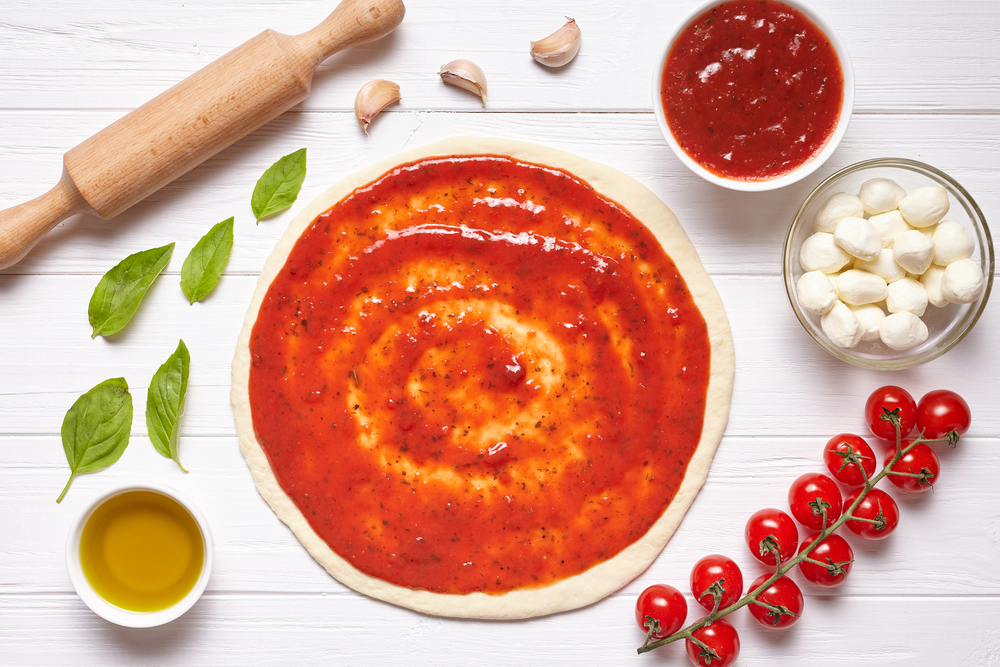
Cheese
Cheese is an essential ingredient for any pizza. For well-done pizza, the cheese is often cooked longer, resulting in a crispier texture and a more intense flavor.
For normal baked pizza, the cheese is typically melted and gooey.
Sauce
The sauce is the foundation of any pizza, and it can make or break the flavor. For well-done pizza, the sauce is often cooked longer, resulting in a thicker and richer flavor. For normal baked pizza, the sauce is typically lighter and more subtle.
Toppings
Well-done pizzas are often topped with meats and vegetables, while normal baked pizzas are typically just cheese and sauce.
The toppings on a pizza can vary depending on personal preference, but some popular toppings include pepperoni, sausage, extra sauce, and a variety of vegetables.
Here’s a comparison table of some popular pizza toppings:
| Topping | Well Done Pizza | Normal Bake Pizza |
|---|---|---|
| Pepperoni | Crispy and slightly charred | Gooey and slightly oily |
| Sausage | Crispy and slightly charred | Gooey and slightly oily |
| Extra Sauce | Thick and rich | Light and subtle |
| Vegetables | Well-cooked and slightly charred | Crispy and fresh |
Whether you prefer well-done or normal-baked pizza, the toppings and sauce play a crucial role in the overall flavor and texture of the pizza.
It’s important to choose toppings and sauces that complement each other and create a delicious and satisfying meal.
Flavor and Texture
Flavor
When it comes to pizza, the flavor is everything. A well-done pizza has a distinct flavor compared to a normally baked pizza.
The higher baking temperature of well-done pizza gives it a smokier and richer taste. The cheese also melts more evenly, creating a toasted cheese flavor that is simply irresistible.
In contrast, a normally baked pizza often offers a more subtle cheesy flavor. While it is still delicious, it lacks the depth and complexity of a well-done pizza.
Texture
The texture is another important factor to consider when it comes to pizza. A well-done pizza has a crunchier crust compared to a normally baked pizza.
This is because the longer cooking time allows the crust to crisp up more, creating a perfect pizza texture.
On the other hand, a normally baked pizza has a softer crust that is still delicious but lacks the satisfying crunch of a well-done pizza.
Different types of pizza also have different textures. For example, a thin-crust pizza will have a crispier texture compared to a deep-dish pizza, which has a softer and more doughy texture.
In summary, the flavor and texture of a well-done pizza make it a favorite among pizza lovers. Its smoky and rich flavor, toasted cheese, and crunchier crust create a perfect pizza that is hard to resist.
However, it’s important to note that everyone has their own preference when it comes to pizza, and some may prefer a softer crust or a more subtle cheesy flavor.
Ordering Options
When it comes to ordering pizza, there are a lot of options to consider. In this section, we will cover some of the most important factors to keep in mind when placing your order.

Personal Preferences
First and foremost, it’s important to consider your personal preferences when ordering pizza. Do you prefer a crispy crust or a softer one? Are you a fan of extra cheese or do you prefer a lighter amount?
These are all things to keep in mind when selecting your toppings and specifying how you want your pizza cooked.
Ordering Options
When it comes to ordering pizza, there are a few different options available to you. You can order online, over the phone, or in person at the restaurant.
Many pizza chains, such as Domino’s, offer all three options for your convenience.
If you choose to order online, you can often take advantage of special deals and discounts that are only available through the website. This can be a great way to save money on your pizza order.
If you prefer to order over the phone, you can speak directly with a representative who can help you customize your order to your liking. This can be especially helpful if you have any dietary restrictions or special requests.
Finally, if you choose to order in person at the restaurant, you can see the pizza being made and ensure that it is cooked to your specifications.
This can be a great option if you are particular about how you like your pizza cooked.
No matter how you choose to order your pizza, it’s important to be clear about your preferences and specifications to ensure that you get the perfect pizza every time.
Cooking Tips and Hacks
When it comes to cooking pizza, there are several methods that you can use to achieve a well-done crust. In this section, we will discuss some tips and hacks that you can use to cook your pizza to perfection.
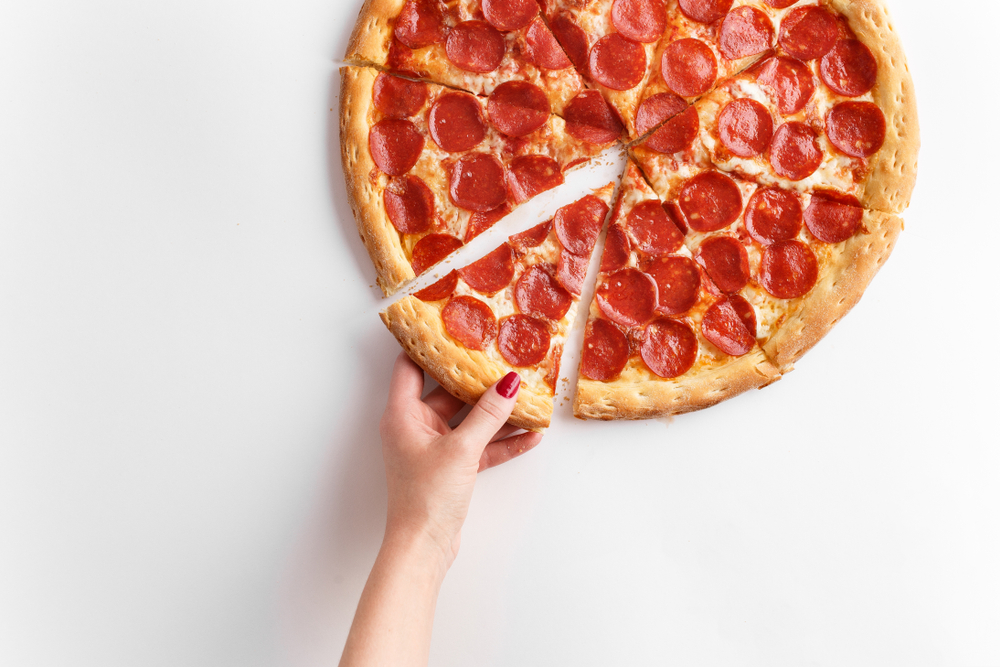
Pizza Stone
One of the most popular methods for cooking pizza is to use a pizza stone. A pizza stone is a flat, circular piece of stone that is placed in the oven to create a hot surface for cooking pizza. Here are some tips for using a pizza stone:
- Preheat the stone in the oven for at least 30 minutes before cooking the pizza.
- Dust the stone with cornmeal or flour to prevent the pizza from sticking.
- Place the pizza directly on the stone and cook for 10-15 minutes, or until the crust is golden brown and the cheese is melted.
Metal Pan
Another method for cooking pizza is to use a metal pan. A metal pan will help to create a crispy crust and evenly cook the pizza. Here are some tips for using a metal pan:
- Preheat the oven to 425°F.
- Grease the metal pan with olive oil or cooking spray.
- Place the pizza in the pan and cook for 15-20 minutes, or until the crust is golden brown and the cheese is melted.
Hack
If you don’t have a pizza stone or a metal pan, there is still a hack that you can use to achieve a well-done crust. Here’s how:
- Preheat the oven to 500°F.
- Place the pizza directly on the oven rack and cook for 10-12 minutes, or until the crust is golden brown and the cheese is melted.
By following these tips and hacks, you can cook your pizza to perfection and achieve a well-done crust every time.
Food Safety
When it comes to pizza, food safety is crucial. We want to make sure that we are consuming a safe and healthy product.
Here are some important food safety considerations to keep in mind when eating pizza:
- Cooking Temperature: Pizza should be cooked to an internal temperature of at least 165°F (73.9°C) to ensure that any harmful bacteria are destroyed. This means that the cheese should be melted and bubbly, and the crust should be golden brown.
- Cross-Contamination: It is important to avoid cross-contamination when making and serving pizza. This means keeping raw meat and vegetables separate, using separate utensils and cutting boards, and washing hands frequently.
- Storage: Pizza should be stored in the refrigerator at a temperature of 40°F (4.4°C) or below. Leftover pizza should be consumed within 3-4 days.
- Allergens: Pizza can contain common allergens such as wheat, dairy, and soy. It is important to read ingredient labels and ask about allergens when ordering pizza.
- Handling: Pizza should be handled with clean hands and utensils to avoid contamination. It is also important to avoid touching your face or hair while handling food.
By following these food safety guidelines, we can enjoy our pizza without worrying about the risk of foodborne illness.
Conclusion
After comparing and contrasting the differences between well-done pizza and normal baked pizza, we have come to some conclusions.
Firstly, the cooking time is the main difference between the two types of pizza. Well-done pizzas are baked for a longer period of time than regular pizzas, resulting in a crispier crust.
However, if overcooked, the pizza can become burnt, which can negatively impact the taste and texture.
Secondly, the even cooking of a pizza is crucial to its taste and texture. A homemade base can help achieve this, as it can be rolled out to an even thickness.
This ensures that the pizza cooks evenly and is not undercooked or overcooked in certain areas.
Finally, while well-done pizza may have a higher antioxidant content due to the longer cooking time, it is important to note that this does not make it a healthier option.
The calorie and fat content of the pizza can still be high, depending on the toppings used.
Whether you prefer well-done pizza or normal baked pizza ultimately comes down to personal preference.
While well-done pizza may have a crispier crust and potentially higher antioxidant content, it can also become burnt if not cooked properly.
Regular baked pizza, on the other hand, may have a softer crust but can still be delicious if cooked to perfection.







Add comment